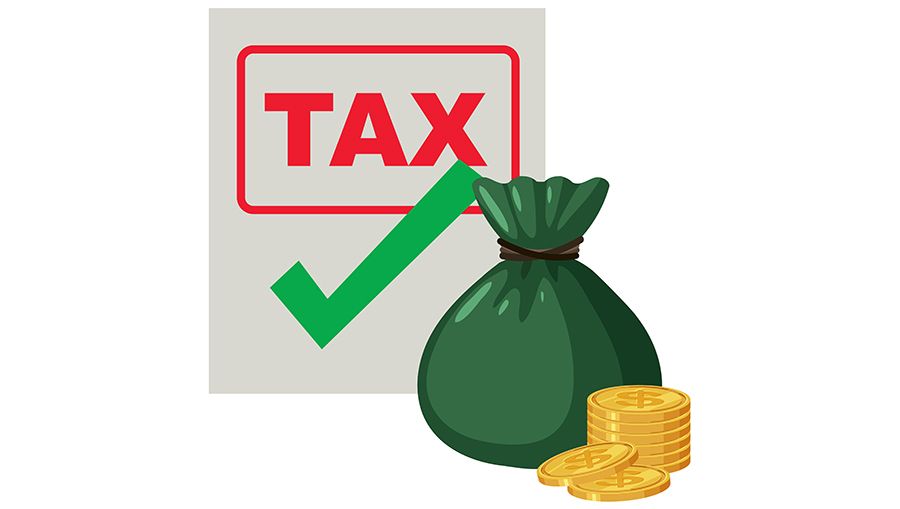Tariffs are taxes that governments place on imported goods. Every time you swipe your card at checkout, these taxes can stealthily jack up the price of that new smartphone, your favorite sneakers, and even the groceries in your cart.
Though politicians pitch tariffs as a shield for some domestic industries, the real fallout lands squarely on consumers’ wallets, choices, and long-term prosperity.
Here’s why levying import taxes is a raw deal for the people who pay the bills.
Empty space, drag to resize
STICKER SHOCK: DIRECT PRICE INCREASES
Tariffs act like a hidden toll booth on every imported widget. Companies forced to absorb these extra costs either slash their profit margins or, more often, pass them directly to you.
A 10% steel tariff, for instance, can translate into double-digit price hikes on appliances, cars, and construction materials—seeping into housing costs and consumer electronics alike.
Empty space, drag to resize
SHRINKING AISLES: FEWER BRANDS, LESS INNOVATION
When import taxes spike, some foreign producers simply stop selling in your market. You lose access to unique brands, niche products, and cutting-edge tech.
Less competition means domestic firms face weaker incentives to innovate or keep prices low. Instead of a thriving marketplace full of options, you get a smaller, more stagnant shelf of goods.
Empty space, drag to resize
SUPPLY-CHAIN SNARLS: DELAYS & UNCERTAINTY
Tariffs don’t just affect the cost of goods—they introduce volatility.
Importers scramble to reroute shipments, source alternative materials, or rush orders before new levies kick in. These disruptions ripple through logistics networks, causing delays at ports and warehouses.
Ultimately, you end up waiting longer—and paying more—for everything from holiday gifts, to car parts.
Empty space, drag to resize
TRADE WARS: TIT-FOR-TAT RETALIATION
When one country slaps tariffs on another, the targeted nation often hits back with its own import taxes.
This tit-for-tat cycle can escalate quickly, broadening beyond steel and aluminum to farm products, consumer electronics, and even clothing.
Most recently, U.S. farmers faced deep losses when key export markets retaliated, leading to taxpayer-funded bailouts instead of free-market remedies.
Empty space, drag to resize
HIDDEN COSTS: BUSINESSES, JOBS & TAXES
Tariffs are frequently sold as a way to protect American jobs, but higher input costs force many manufacturers to cut back on hiring and investment. Some even shift production overseas to avoid levies, hollowing out domestic supply chains.
Meanwhile, taxpayers must foot the bill for government aid programs aimed to cushion struggling sectors—another indirect transfer of wealth away from the consumer.
Empty space, drag to resize
WHO REALLY WINS?
Cronies and big producers?
A few politically connected firms gain short-term pricing edges.
Lobbyists?
They celebrate when tariff policy gets locked in.
Everyday consumers?
We lose, again and again.
Empty space, drag to resize
THE SOLUTION? RECLAIMING YOUR BUYING POWER
Tariffs may feel like a patriotic gesture, but the only guaranteed results are higher prices, fewer choices, and a less dynamic economy.
If you care about keeping more money in your pocket and fueling innovation, free-trade policies and targeted support for workers are the real keys to prosperity — not broad import taxes.
Empty space, drag to resize
HOW YOU CAN TAKE ACTION
Keep an eye on how tariffs affect specific goods that you buy, and compare online and in-store prices.
Talk with your elected representatives about the consumer costs of tariffs.
Encourage your representatives to explore the role of trade agreements and how modern deals can include protections without sacrificing lower prices.



